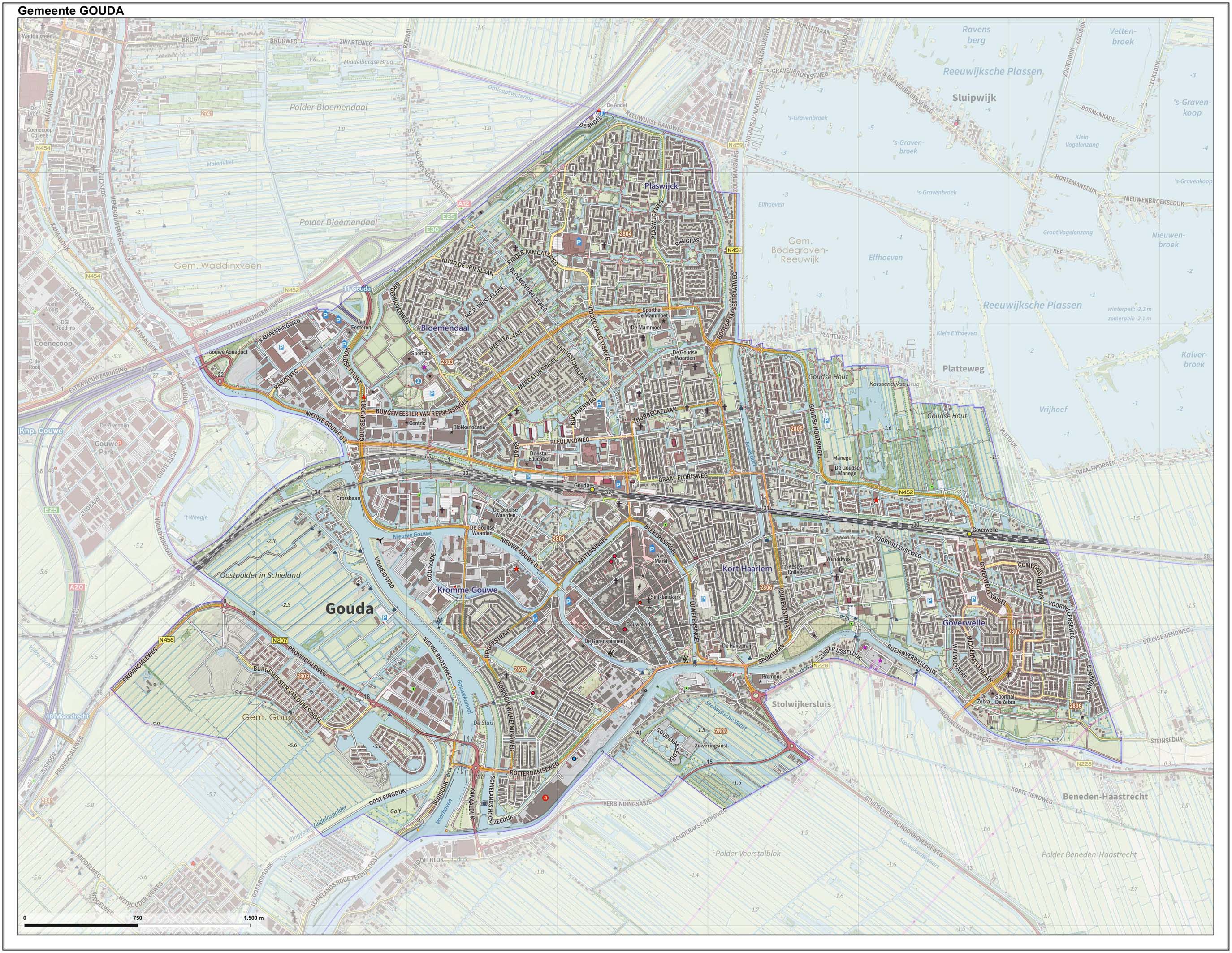|
Tramweg Onderneming Gouda-Bodegraven
The Tramweg Onderneming Gouda-Bodegraven was a gauge steam tram that operated over an line between Gouda and Bodegraven in the Netherlands. The line was also known as "''Stoomtramweg Maatschappij Gouda''", then "''Algemeene Tramweg Maatschappij''", and eventually part of "M.E.T" ("''Maatschappij tot Exploitatie van Tramwegen''"). The line opened in 1881 and closed in 1917.Baddeley, G.E. 1980, The Continental Steam Tram, LRTA, London See also *Narrow-gauge railways in the Netherlands Numerous industrial narrow-gauge lines were built for peat extraction, clay extraction for brickworks and construction sites. The dominant gauge for industrial lines was , contrary to the gauge used in neighbouring countries. Nowadays, much of thi ... References 750 mm gauge railways in the Netherlands Steam trams in the Netherlands {{Netherlands-transport-stub ... [...More Info...] [...Related Items...] OR: [Wikipedia] [Google] [Baidu] |
Tram
A tram (called a streetcar or trolley in North America) is a rail vehicle that travels on tramway tracks on public urban streets; some include segments on segregated right-of-way. The tramlines or networks operated as public transport are called tramways or simply trams/streetcars. Many recently built tramways use the contemporary term light rail. The vehicles are called streetcars or trolleys (not to be confused with trolleybus) in North America and trams or tramcars elsewhere. The first two terms are often used interchangeably in the United States, with ''trolley'' being the preferred term in the eastern US and ''streetcar'' in the western US. ''Streetcar'' or ''tramway'' are preferred in Canada. In parts of the United States, internally powered buses made to resemble a streetcar are often referred to as "trolleys". To avoid further confusion with trolley buses, the American Public Transportation Association (APTA) refers to them as "trolley-replica buses". In the Unit ... [...More Info...] [...Related Items...] OR: [Wikipedia] [Google] [Baidu] |
Gouda, South Holland
Gouda () is a city and municipality in the west of the Netherlands, between Rotterdam and Utrecht, in the province of South Holland. Gouda has a population of 75,000 and is famous for its Gouda cheese, stroopwafels, many grachten, smoking pipes, and its 15th-century city hall. Its array of historic churches and other buildings makes it a very popular day trip destination. In the Middle Ages, a settlement was founded at the location of the current city by the Van der Goude family, who built a fortified castle alongside the banks of the Gouwe River, from which the family and the city took its name. The area, originally marshland, developed over the course of two centuries. By 1225, a canal was linked to the Gouwe and its estuary was transformed into a harbour. City rights were granted in 1272. History Around the year 1100, the area where Gouda now is located was swampy and covered with a peat forest, crossed by small creeks such as the Gouwe. Along the shores of this st ... [...More Info...] [...Related Items...] OR: [Wikipedia] [Google] [Baidu] |
Bodegraven
Bodegraven () is a town and former municipality in the western Netherlands, in the province of South Holland. The former municipality covers an area of of which is water. The former municipality of Bodegraven also includes the communities Meije, and Nieuwerbrug. On January 1, 2011, Bodegraven merged with Reeuwijk to Bodegraven-Reeuwijk. Geography Bodegraven is centrally located in the Green Heart of the Randstad, roughly equally distant (about 30 km) from Amsterdam, Rotterdam, The Hague, and Utrecht. It is surrounded by the municipalities (clockwise, starting in the north): Nieuwkoop, Woerden, Reeuwijk (former municipality), Boskoop, and Alphen aan den Rijn. The town is situated on both shores of the Oude Rijn, in which a set of locks are in the middle of town. The oldest part of town is the Reformed St. Gallus Church, on the north side of the river. History Bodegraven was already inhabited in the Roman Era. It was situated at the Roman Empire's northern border, the ... [...More Info...] [...Related Items...] OR: [Wikipedia] [Google] [Baidu] |
Narrow-gauge Railways In The Netherlands
Numerous industrial narrow-gauge lines were built for peat extraction, clay extraction for brickworks and construction sites. The dominant gauge for industrial lines was , contrary to the gauge used in neighbouring countries. Nowadays, much of this industrial rail heritage is preserved in museums or in theme parks, such as the Efteling Steam Train Company. The majority of the Dutch narrow-gauge railways were built as Tram#Steam, steam tram networks, predominantly with and track gauge. Tram * Geldersch-Westfaalsche Stoomtram-Maatschappij; * Geldersche Stoomtramweg Maatschappij; * Rotterdamse Tramweg Maatschappij; * Stoomtram Walcheren; * Tramweg Maatschappij De Graafschap; * Tramweg Maatschappij Zutphen-Emmerik; * Tramweg Onderneming Gouda-Bodegraven; Narrow-gauge heritage railways * Amsteltrein; , 3,7 km, park railway * Decauville Spoorweg Museum; 1,2 km and running line and , , , , , , , , , and collection, mainly focused on (Decauville) field railways. [...More Info...] [...Related Items...] OR: [Wikipedia] [Google] [Baidu] |
750 Mm Gauge Railways In The Netherlands
75 may refer to: * 75 (number) * one of the years 75 BC, AD 75, 1875 CE, 1975 CE, 2075 CE * 75 (album), ''75'' (album), an album by Joe Zawinul * M75 (other), including "Model 75" * Highway 75, see List of highways numbered 75 *Alfa Romeo 75, a car produced by Alfa Romeo See also * * * * 1975 (other) * 1875 (other) * Canon de 75 modèle 1897 (the 75, or, French 75) {{Numberdis ... [...More Info...] [...Related Items...] OR: [Wikipedia] [Google] [Baidu] |


